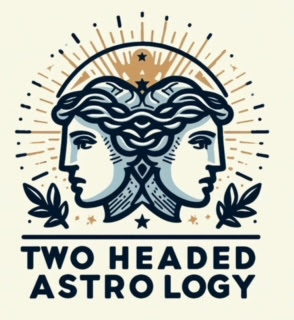Note: MIPC stands for Magic in Popular Culture and this is a series of posts in which I take a magical belief or practice from a work of fiction such as movies, books, comic books, or tv shows and analyze them against real-world magical beliefs and practices.
James Bond Meets Solitaire
In this scene above secret agent 007 James Bond recognizes Solitaire as the High Priestess of the tarot and ask if he is in the deck as well. She spreads out the cards on the table and instructs him to pick a card and turn it over. Upon doing so, it is revealed that James has chosen the Fool and Solitaire points out "you have found yourself."
While this is played off as something of a inside joke for movie-goers and or an in-universe insult to Bond it is actually quite accurate in that moment. The Fool represents beginnings and he is often depicted in artwork as about to blindly step off a cliff. This scene appears fairly early in the film shortly after Bond was given his assignment with very little notice or information to go on. In addition, he has blindly walked into a trap set by Mr. Big, the films villain.
Commentary
In the art and practice of cartomancy, or divination by cards, the cards are often cut as part of the ritual of reading them. First they are shuffled, then the are divided into two or more packs and put back together again. Originally, the practice of cutting the cards was done by card players and it was an exercise in trust - that is, it was done to decrease the likelihood of someone gaining an unfair advantage by manipulating the order of the cards. The practice carried over when folks used the cards for the purpose of divination. In the practice of cartomancy, cards are often cut in order to get a quick answer to a question- usually some small, trivial matter.
As part of the reading ritual a calling-card, or signifier, is often chosen beforehand. This calling-card is used to represent the person who is asking the question. There are many different methods which have been used to determine a person's signifier, or calling card, the most traditional of which concerns itself with matching the individual's age and temperament to the pip, or face, cards in a tarot deck. For example, adult males are Kings, adult females are Queens, whereas young adults and teenagers are Knights and children are pages.
Some readers determine the suit to use for a person's signifier by using the element associated with the person's Sun Sign. Using this methods Wands represent the fire signs (Aries, Leo, Sagittarius), Cups represent water signs (Cancer, Scorpio, Pisces), Swords represent air signs (Gemini, Libra, Aquarius) and Pentacles represent earth signs (Taurus, Virgo, Capricorn). Using this method, I would be represented by the King of Pentacles.
Some readers determine the suit by considering the person's temperament. Wands are driven, over achievers, Cups are emotional and empathetic, Swords are the intellectual types, and Pentacles are earthy and creative. Using this methods, I would be represented by the King of Cups.
Finally, some readers take into account the individual's coloring. For example, Wands represent blonds, Cups represent dark blonde to light brown, Swords represent Red heads, and Pentacles represent dark brown to black hair. Again, using this methods I would be represented by the King of Pentacles.
The simplest method of determining a person's signifier which I know utilizes the Magician for a Man, the High Priestess for a woman, or the Fool for anyone. In other instances, you may wish to take a more literal approach and use the Empress for a pregnant woman, the Emperor for a male authority figure, The Hierophant for a Priest or member of clergy, the Chariot for a race car driver, The Moon for a psychic, the Sun for a person with a "sunny disposition", The Death Card for a mortician, etc... Using this method, which I prefer, I am represented by the Hanged Man (someone gifted with the powers of foresight and perception and who has an unconventional view of life)
However, keep in mind that you are not limited to the Major Arcana when choosing signifiers. The same creative vision can be applied to the Minor Arcana for this purpose. For example, the Six of Swords can represent a sailor, or ferry worker. The Nine of Pentacles can represent someone with a green thumb and a love for animals. In addition, depending on the deck you have, there may be cards that are not in a traditional deck.
Finally, another practice which I adopted in recent years is to simply have the querent cut the cards and put them back together again. I then remove the top card from the deck and this card is used as the individual's calling card. Using this method of determining a person's calling card can also give you insight into the person's questions as well as their current mood, thoughts, and feelings about whatever issue it is that they want to address in the reading.
- Carolina Dean

No comments:
Post a Comment